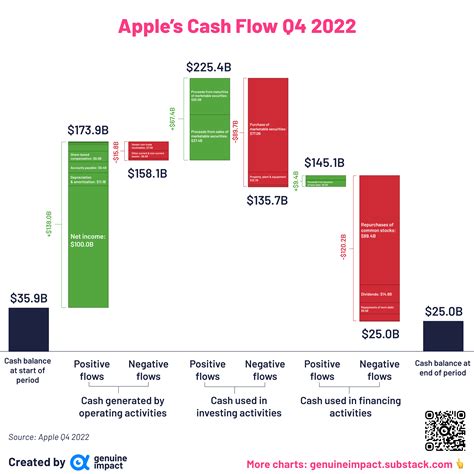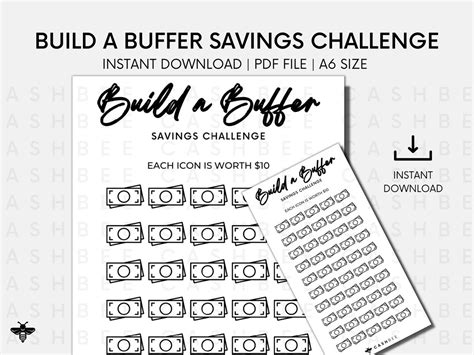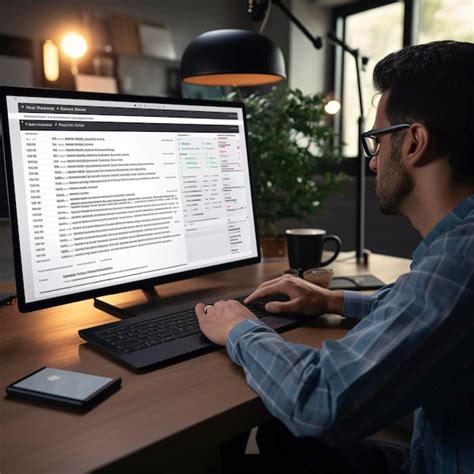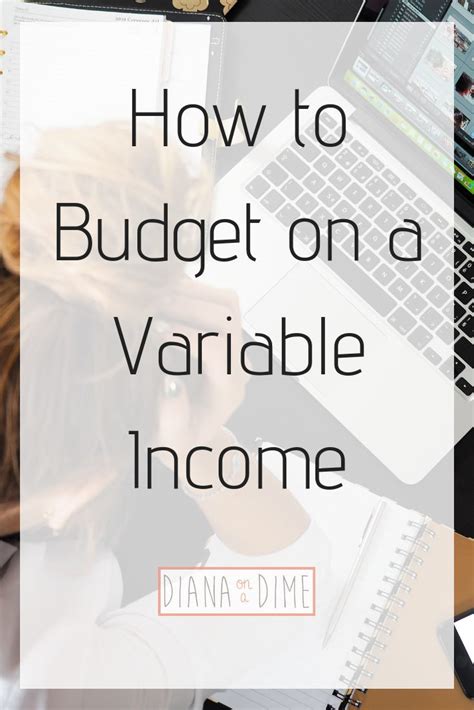Budgeting can feel like an uphill battle when your income isn’t consistent. Whether you’re a freelancer, a commission-based salesperson, a small business owner, or in a seasonal job, variable income presents unique challenges that a standard fixed-income budget simply can’t address. The key to success lies in understanding your unique financial rhythm and implementing flexible strategies that adapt to the highs and lows. This guide will walk you through the essential steps to not only budget effectively but also build financial stability and reduce stress.
Understand Your Income Flow
The first step to mastering a variable income budget is to get a clear picture of your past earnings. Look back over the last 6-12 months, or even longer if your income is highly seasonal. Calculate your average monthly income, but more importantly, identify your lowest earning month within that period. This ‘minimum’ income figure will become crucial for your baseline budget.
Categorize your income sources. Are they largely predictable within a range, or highly erratic? Understanding the nature of your income helps you anticipate potential fluctuations and plan accordingly. Tools like spreadsheets or financial tracking apps can be invaluable here for historical data analysis.

Create a “Minimum Living Expenses” Budget
Once you have a handle on your income history, the next critical step is to identify your absolute essential expenses. This includes rent/mortgage, utilities, groceries, transportation, insurance, and minimum debt payments. These are the non-negotiable costs you must cover every single month to survive. Your goal is to ensure your lowest monthly income can always cover these essentials.
Be ruthless in this step. Distinguish between ‘needs’ and ‘wants’. Your minimum living expenses budget should be lean, providing a safety net for leaner months. Anything beyond this goes into a separate category for variable or discretionary spending.
Embrace the “Buffer” System
The buffer fund is your secret weapon against variable income stress. When you have a good month, instead of immediately increasing your discretionary spending, prioritize building up a financial buffer. Aim to have 1-3 months of your minimum living expenses saved in an easily accessible account. This buffer acts as a shock absorber, allowing you to cover your essentials even during slow income periods without dipping into credit or high-interest loans.
Think of it as the inverse of a fixed-income budget: in good months, you live on less than you earn to save for bad months, rather than the other way around. This system brings predictability to your expenses, even if your income remains unpredictable.

Prioritize Savings and Debt Repayment
Even with variable income, it’s crucial not to neglect long-term financial goals. Once your buffer is established, allocate a portion of your higher-earning months towards savings (e.g., emergency fund, retirement, down payment) and accelerating debt repayment. Consider using a ‘snowball’ or ‘avalanche’ method for debt, where extra payments from good months can significantly reduce your interest paid and accelerate your debt-free date.
When income is lower, you might pause extra savings or debt payments, focusing solely on covering essentials and maintaining your buffer. This dynamic approach allows you to make progress when you can, without adding undue pressure during lean times.
Track and Adjust Regularly
Budgeting with variable income isn’t a set-it-and-forget-it task; it’s an ongoing process. You need to actively track your income and expenses, preferably weekly or bi-weekly. This allows you to see how much you’ve earned, how much you’ve spent, and how much you have left for the remainder of the pay cycle or month.
Regular tracking enables quick adjustments. If it’s looking like a slower month, you can immediately cut back on discretionary spending. If it’s a boom month, you can decide how much to add to your buffer, savings, or debt repayment. Flexibility and mindfulness are your greatest allies.

Utilize Budgeting Tools
Several tools can make managing variable income easier:
- Spreadsheets: Customizable for tracking income, expenses, and buffer growth.
- Budgeting Apps: Many apps (e.g., YNAB, Mint, Personal Capital) allow you to link accounts, categorize spending, and visualize your financial situation in real-time. Look for apps that support a ‘zero-based’ or ‘envelope’ budgeting method, which are particularly effective for variable income.
- Separate Bank Accounts: Consider having separate accounts for your buffer, regular savings, and discretionary spending to clearly delineate funds and prevent accidental overspending.

Budgeting with variable income requires discipline, a forward-thinking mindset, and a willingness to adapt. By understanding your income patterns, establishing a lean baseline budget, building a robust buffer, and consistently tracking your finances, you can transform financial uncertainty into a pathway towards stability and peace of mind. It’s not about making your income predictable, but making your financial life predictable regardless of your income.




